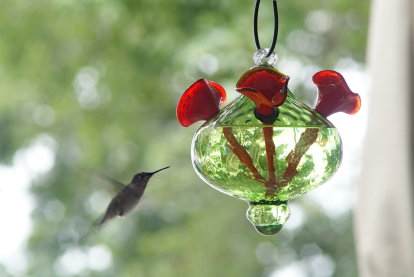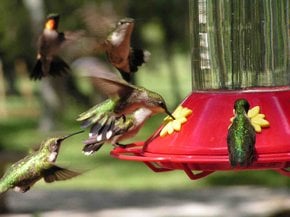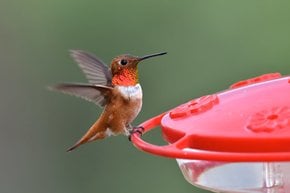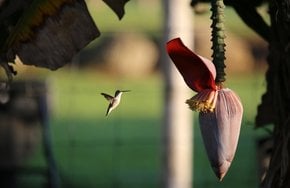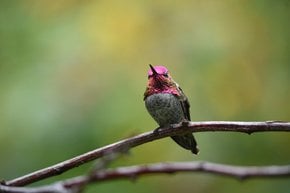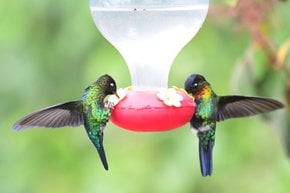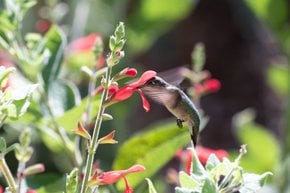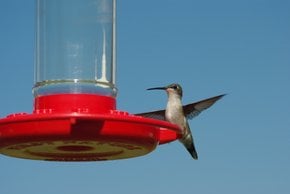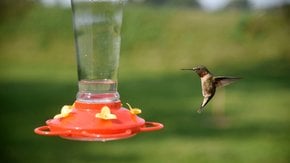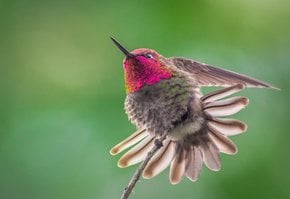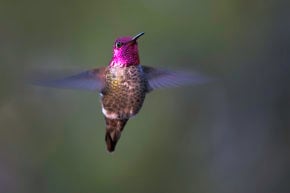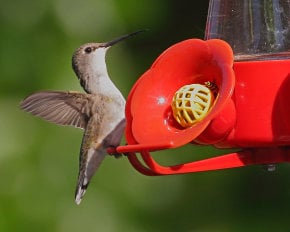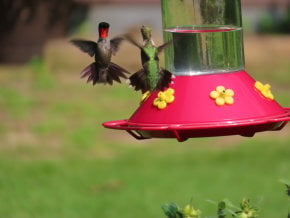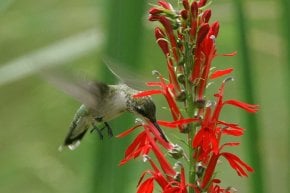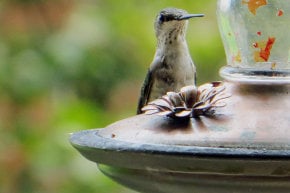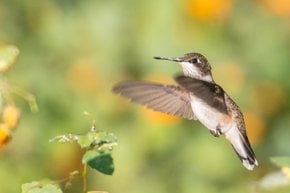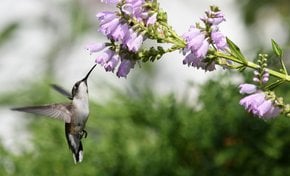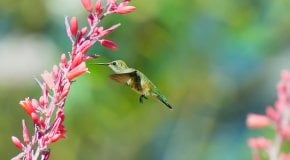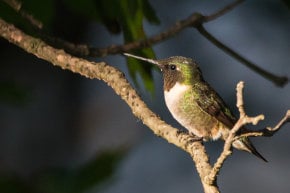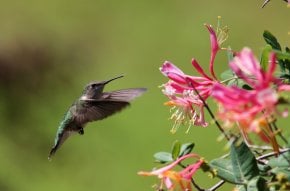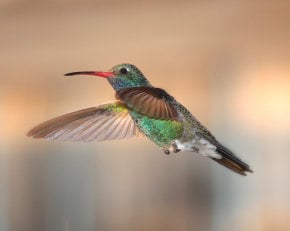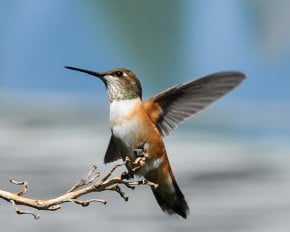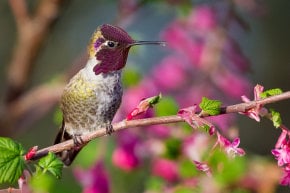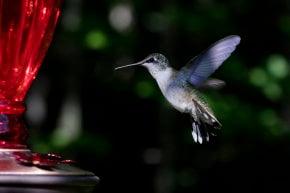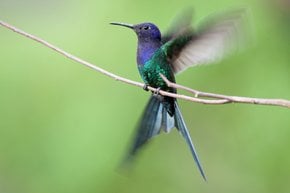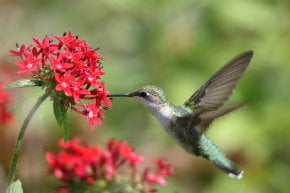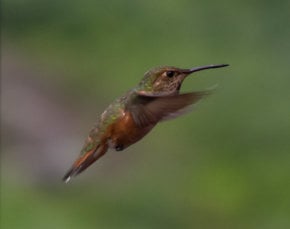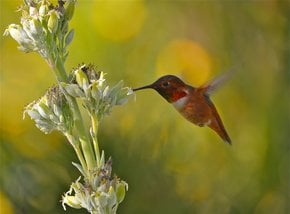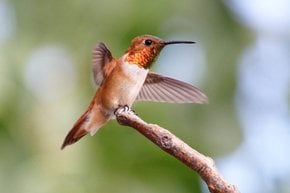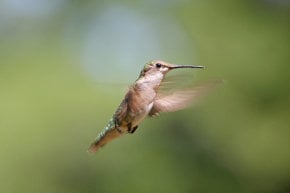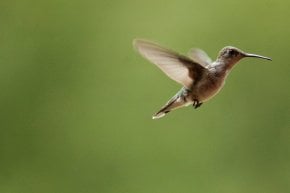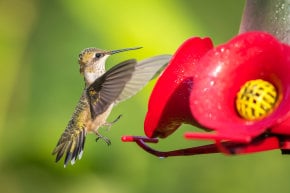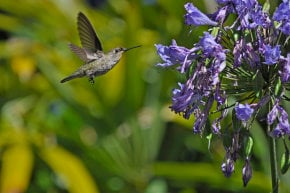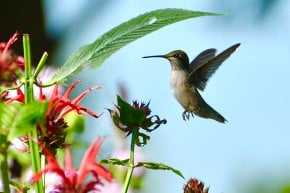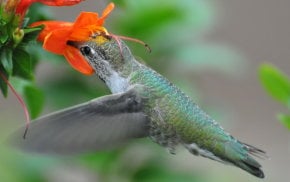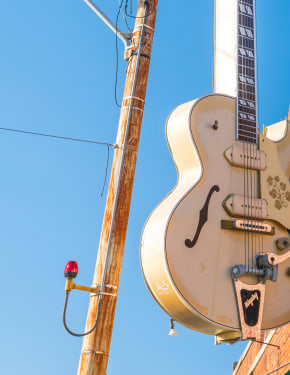Hummingbirds in Alabama 2026
Catch a glimpse of tiny wonder-birds in Alabama
Best time: March 20–October 20
Hummingbirds are tiny fast-paced creatures, flapping their wings so fast they look like a blur. And that's what makes them so amazing. Let's find out what kinds of hummingbirds you can spot around Alabama and what is the best way to spot a hummer.
Kinds of hummingbirds in Alabama
If you’re in Alabama during the season, expect to witness the most common kind of hummers—the ruby-throated ones (or known as Archilochus colubris). More rarely, but still, there is a chance to spot rufous hummingbirds (Selasphorus rufus). You can find both of these kinds in gardens or parks with hummingbird feeders.
You can easily distinguish between females and males by their looks. For example, the ruby-throated male hummer has a deep red throat patch and a dark-green back. On the other hand, the female can be recognized by a light-green back and the absence of the red patch on her neck.
When do hummingbirds come to Alabama
In general, hummers have two migratory seasons: spring and fall, and the summer isn’t as attractive to them. This way, hummingbird season in Alabama kicks off between late April and early May, and this is when you should expect to see the first sightings of these birds. As usual, male hummers are the first to depart, and the females, along with the little ones, follow about two weeks later.
When do hummingbirds leave Alabama
Hummingbirds usually leave Alabama in mid- to late October, but keep your feeders outside for as long as the birds need. These birds have an incredible instinctive compass, which tells them exactly when to leave. In some cases, right before the migration, they will eat all the food from the feeders and then vanish into thin air (until next year, of course).
How to attract hummingbirds?
If you want to catch a glimpse of hummingbirds, remember that these tiny creatures burn many calories, so they have to eat around four times an hour. That’s why the best tactic for attracting hummers is creating all favorable conditions (aka food) for them. If you can, turn your back porch into the perfect hummer area with feeders full of nectar. Or go to a special garden, which already has all the conditions—and they already know all the nuances about hummingbird nutrition and lifestyle.

